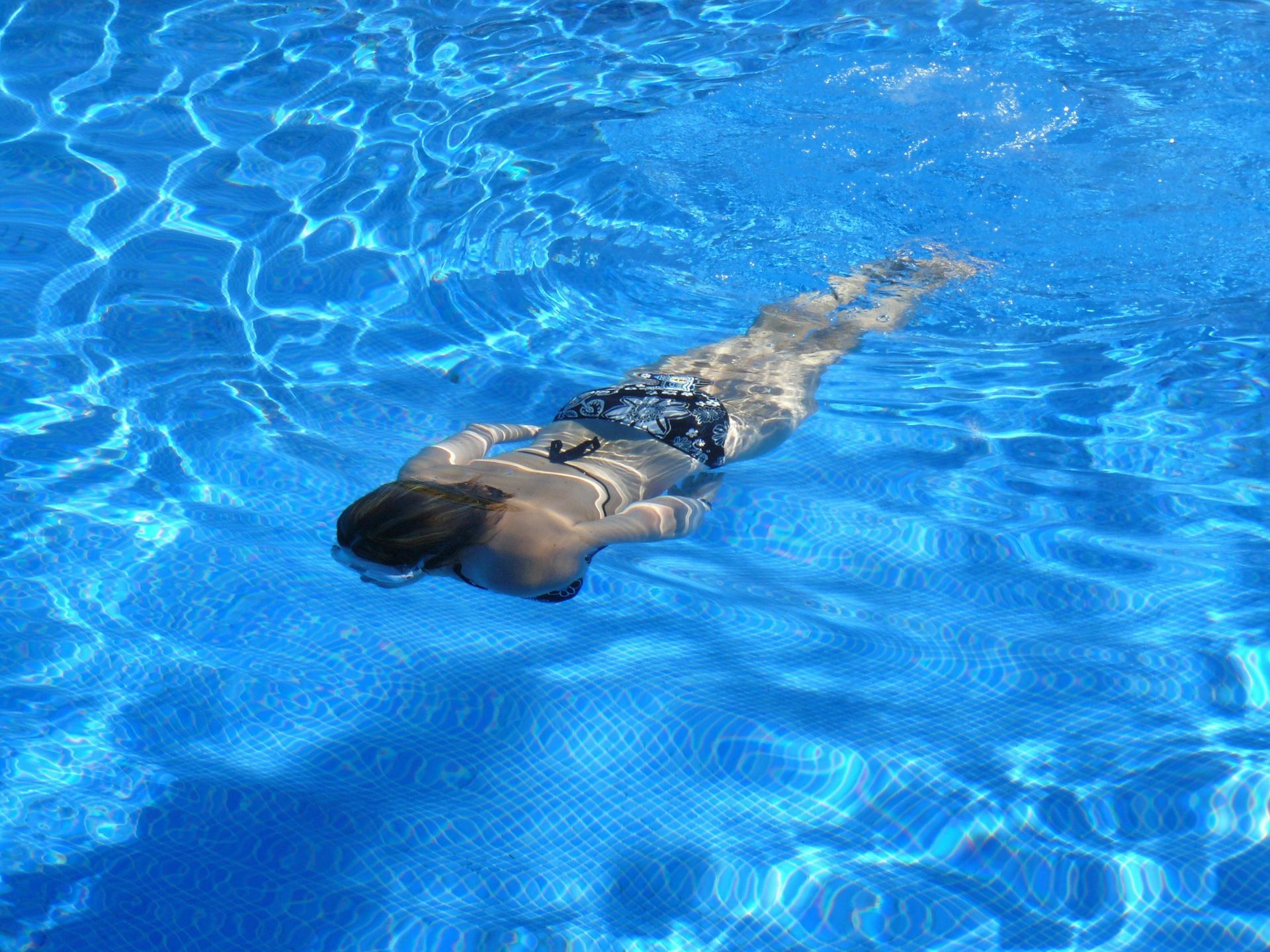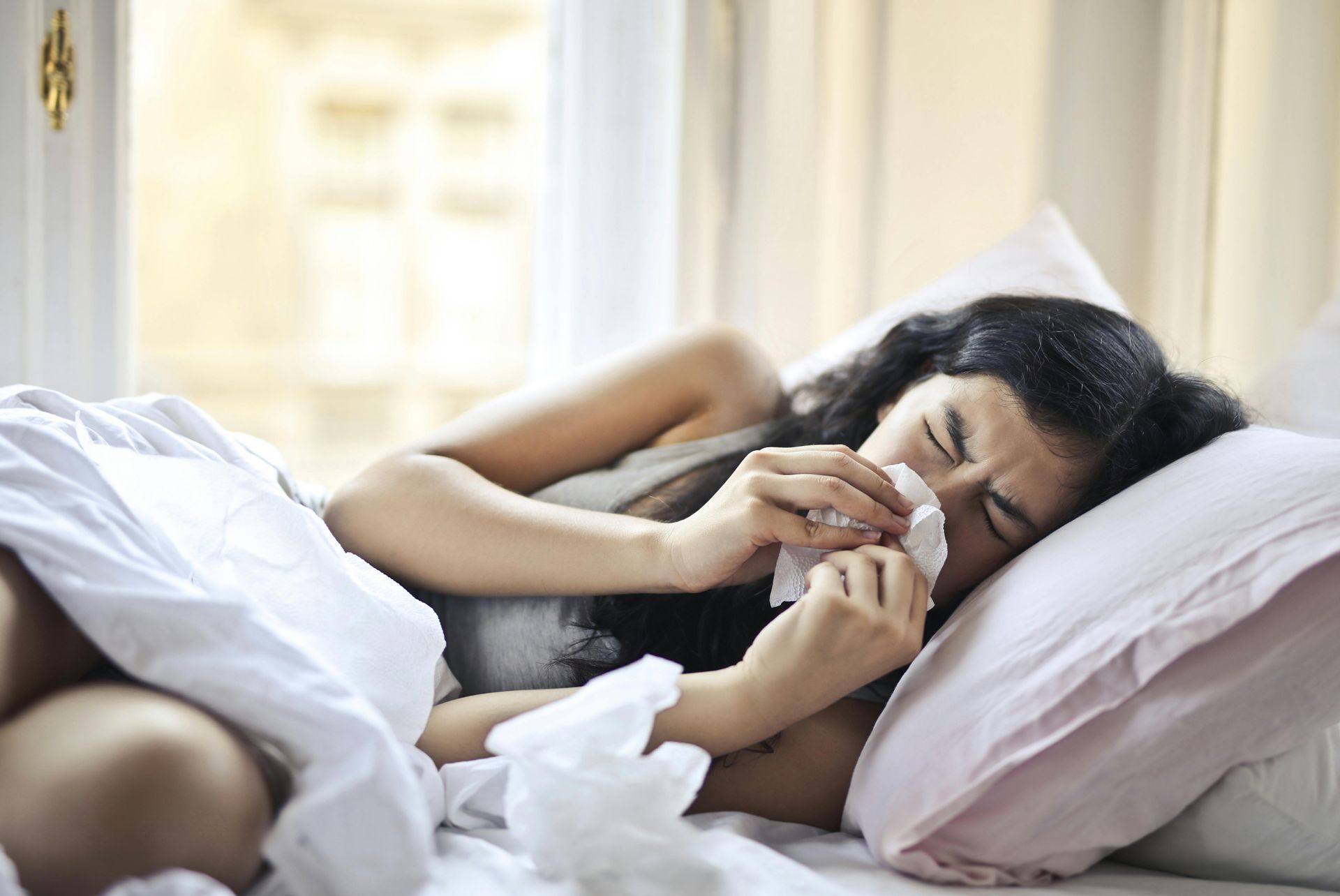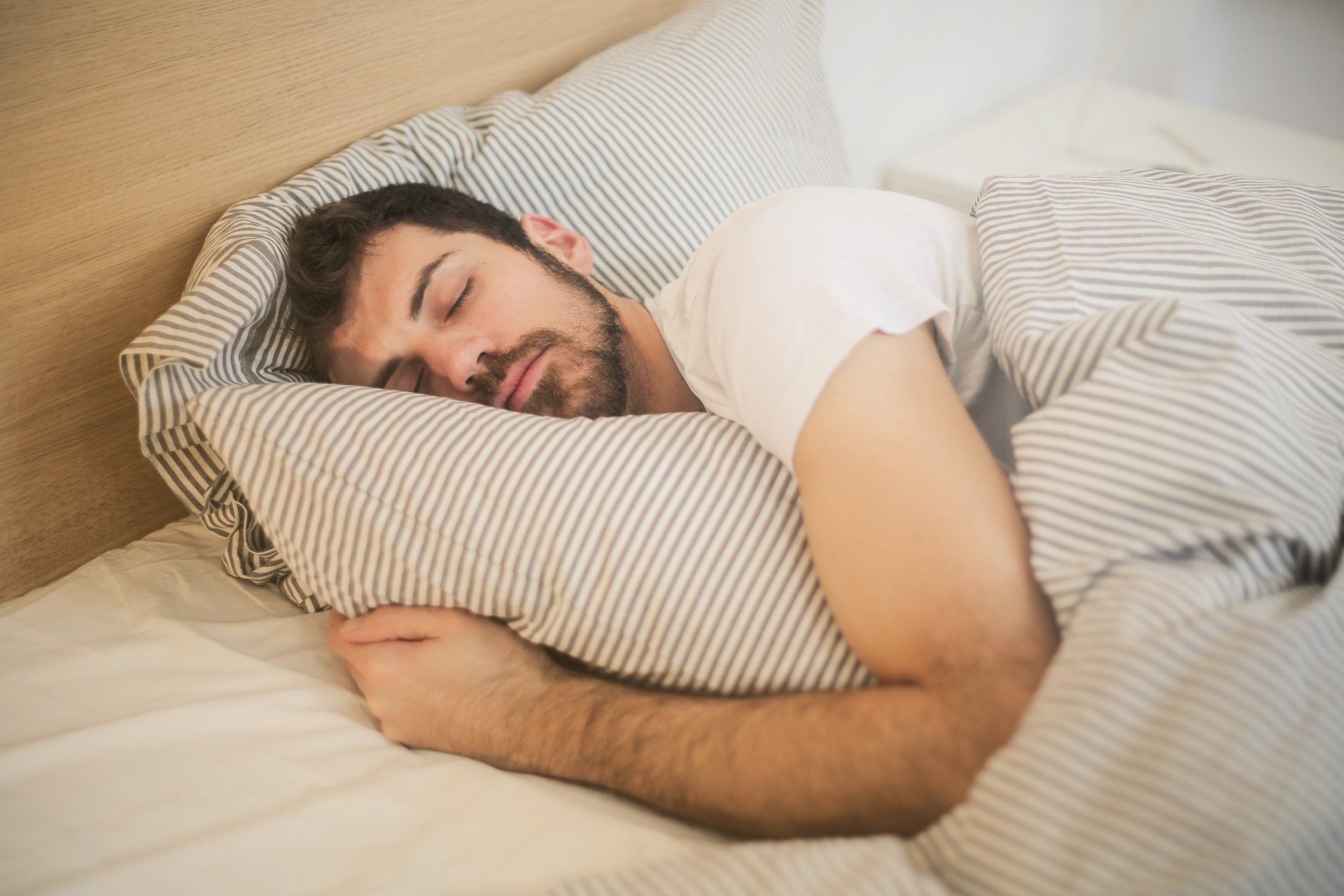Harmonizing Your Hormonal Health
Addressing hormonal imbalances, from thyroid disorders to adrenal fatigue, with personalized treatments and lifestyle interventions designed to restore your body's natural balance and vitality.
Understanding and Managing Weight Fluctuations
Explore our comprehensive approach to managing weight changes, focusing on hormonal, metabolic, and lifestyle factors to guide you towards a healthier weight and lifestyle.
Optimizing Cellular Health
Delve into how we address detoxification blocks and methylation issues, key factors in cellular health and overall wellness, with advanced testing and individualized treatment plans.
Dive into the world of metabolic and hormonal health with our specialized care in Utah County. Hormonal imbalances and metabolic issues can profoundly impact your life, manifesting as thyroid disorders, adrenal fatigue, weight changes, and more. Our clinic focuses on identifying and managing these conditions, offering personalized care to restore your body's natural harmony.
Hormonal Imbalances: Hormones play a critical role in regulating various body functions. Conditions like thyroid disorders, adrenal fatigue, and menopausal symptoms can disrupt your life balance. Our approach includes thorough hormonal evaluations, followed by tailored treatments such as hormone replacement therapy, lifestyle interventions, and dietary changes to stabilize your hormonal levels and improve your quality of life.
Weight Changes: Unexpected weight fluctuations often indicate underlying metabolic or hormonal issues. We explore these factors through comprehensive assessments, focusing on creating balanced, sustainable lifestyle changes. Our goal is to guide you towards a healthier weight and lifestyle, considering both metabolic and hormonal influences.
Detoxification Blocks & Methylation Problems: Detoxification and methylation are vital for cellular health and overall well-being. We address these areas with advanced testing and individualized treatment plans, targeting issues at the cellular level to enhance your body's natural detoxification processes and improve metabolic health.
Our clinic is a leading destination for managing metabolic and hormonal disorders in Utah County. We blend traditional medical treatments with innovative approaches, ensuring a comprehensive strategy for your health concerns. Whether dealing with thyroid imbalances, weight management issues, or complex metabolic conditions, our integrative approach aims to achieve balance, enhance your well-being, and support you in leading a healthier, more energized life.
Conditions Treated
Digestive Health
Metabolic and Hormonal Disorders
Neurological and Cognitive Health
Sleep Disorders
Let's Discover How I Can Help You Feel Your Best
Your journey to better health is just a message away. Whether you’re facing chronic conditions, seeking relief from pain, or aiming to improve your overall wellness, I’m here to guide and support you. As a dedicated Nurse Practitioner in Utah County, I bring a blend of expertise, empathy, and personalized care to address your unique health needs. Don't let health challenges hold you back any longer. Reach out today, and let’s explore how we can work together to help you feel your best. Every step towards health is a step towards a happier, fuller life.
Contact Us
Blog









